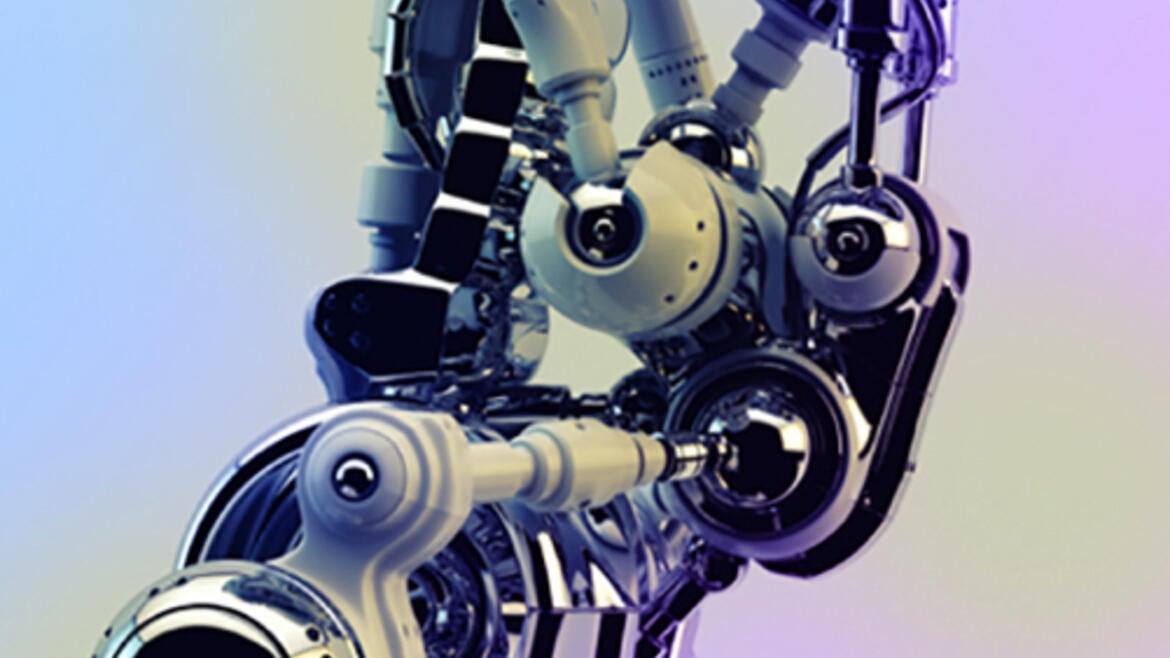Colloquium: Harish Dixit

Optimizing Performance of MEMS-Based Mechanoporation Devices for Ultrahigh Throughput Cellular Manipulation
Harish Dixit, Ph.D. Student, BIEN
Numerous methods exist for introducing exogenous materials into cells en masse by physical membrane poration, including electroporation, sonoporation, gene gun, etc. However, most are limited by risk of cell damage, thus raising safety concerns for therapeutic applications. Recently, we reported a new method for ultrahigh throughput (UHT) cellular manipulation via mechanical membrane poration, i.e. UHT mechanoporation. This concept relies upon a microelectromechanical systems (MEMS) functional core composed of cell capture sites with monolithically integrated, sub-micrometer scale solid penetrators. Negative flow through aspiration vias at the bottom of the capture sites draws cells onto the penetrators thus causing membrane poration. Cells are then released by reversing flow through the aspiration vias. The transient nature of membrane disruption enables transfection via diffusion-driven influx of exogenous molecules from the surrounding suspension, while massive parallelization provides potential for UHT operation (e.g. 10k capture sites in the current device). However, while our original studies validated concept feasibility, low poration efficiencies were observed (~15%).
In this presentation, we will describe results from studies focused on optimizing the performance of our MEMS-based UHT mechanoporation devices. These studies were made possible through implementation of high-resolution fluorescence imaging during device operation, as well as real-time pressure drop measurement in the aspiration circuit. We find that the low poration efficiencies observed in our original studies may have been caused by insufficient flow rates and times during the capture step, as well as incomplete washing. We also observe increasing pressure drop with time during the penetration step, thus suggesting potential for lysis, which may be another cause of low poration efficiency. Collectively, these results have demonstrated need for further study and have helped identify directions for our ongoing optimization efforts, including those focused on evaluation of cell viability, assessment of transfection efficiency, identification of additional procedural factors that may affect device performance, and refinements in device design and operating procedure.
Harish Dixit graduated from UC Berkeley in 2012 with a Bachelor’s Degree in Bioengineering, and is currently pursuing a PhD in bioengineering with a focus on medical devices from the University of California, Riverside. His current focus is in the design and fabrication of an ultrahigh throughput, MEMS-based cellular microinjection device for ex vivo cell therapies.